This post is for me as therapy to help me sort out a decision about my kitchen lights.
I had fluorescents, 4 - 4ft 40w bulbs. They produced about 12000 lumens, 4 times 3000 each. That was an OK amount of light (measured by lumens). It sure gave the kitchen a nice light amount, but the lights were not completely covering all areas of the kitchen since it was one light source. Next I replaced the 1 fixture with two HO t5 fluorescent fixtures which I basically built from internet bought fixtures modified with a heat shield and added my own leaded glass covers. The bulbs were the latest, greatest half inch versus t12 which are 1.5 inches. The length was 39 inches. I did all this because I felt I would learn to like long fluorescent tubes.
But I didnt; it still was long tube fluorescents and I wanted a contemporary look. The positive result was better lighting from 2 fixtures and a perfect color 3000k, sorry 2700k looks very dingy in a white kitchen (your kitchen turns dirty yellow) and 3500k makes my kitchen blue.
Next I started considering recessed. Well I have been considering them all along but kept running into some conceptual problems, like bulbs sucked. Most common CLF reflectors (which can be used in recessed cans) are 65 watts and they are 2700k. I brought home the bulb, got a test can from HD, wired it up and drug it around the kitchen with an extension cordÂit was horrible. Way too little light from the bulb and the color was 2700k (sickly in a white kitchen). The lumens were 650 which means I would need 14 fixtures to get the same light (12000 currently, divided by 880).
The only bulb that came close that I could find on the internet was the GE Genura 23watt (equal to 100watts incandescent) and 3000k. Expensive as h*ll at $32 bucks and the lumens are 880 Âhmm is that really equal to 100 watts?
I think I found the only solution. The 4pin fluorescent. It is kinda like a spiral clf but the bulbs are not spiral. The biggest difference is the ballast is NOT on the bulb like common clfs that you get in every store. The ballast on common clfs is ON the bulb and is like a tiny computer that needs a certain temperature range to work (look at the specs on your bulb). In a can the temperature gets way too hot for the built-in ballast. The bulbs burn out fast. (I talked to 2 manufactures about this). So CLFs are out if they have the ballast built in, which ALL common CLFs do. That sucks because I can easily buy 3000k, 23watt CLFs, which I love. Just canÂt use then in cans. Seems that the reflector styles reflect the heat away from this little ballast so they are OK but they limit the watts to keep the temperature down, and the color is very, very limited.
Now about the answer. The 4 pin compact fluorescent. No ballast on the bulb to cause havoc . The ballast is on the fixture. This make to bulbs very inexpensive and I can get the bulb in higher watts, much higher lumens and many shades of kÂthe perfect bulb.
The problem is the actual can. Instead of buying a $13 can at HD or Lowes now I have to get a can that cost at least $33. Go to a site call thefind and search "remodel ic compact fluorescent housing". Why are these fixtures more? Because the ballast is on the can fixture, far away from the hot bulb. It does have a lot of issues. Want a dimmable version and the price jumps to $60+. The ballast could last years but it could burn out in 5 years . I will have to pull out the can and change the ballast. Note to self: In 5 years maybe technology will change and I will change the whole recessed fixture.
To avoid the dimmable requirement maybe I will divide up the lights and put half on one switch and half on another since I have two switches.
A vendor said that the 4 pin base CFL is becoming the BIG thing. I even found a 4 inch fixture by NORA that uses a 13w or 18w or 26W (that like 50, 75 and 105 watts, I guess). But you have to state which one you want when you order the fixture. Westside wholesale said itÂs around $50 per can (dimming ballast is extra).
After writing this I guess I will get 26w cans and split the lights into two groups and plan to switch cans in 5 years when the ballast goes out. At least the bulbs are cheap and the color and lumens are prefect. And no overheating of the built in ballast which so many people are complaining about on the internet. They are actually complaining about the bulbs and donÂt realize the problem is the built-in ballast.
The only thing now is to pick the 4 pin bulb. Somewhere I read that the 3 loops versus 2 loops is better on the eyes (whatever that means). They seem to be more expensive.
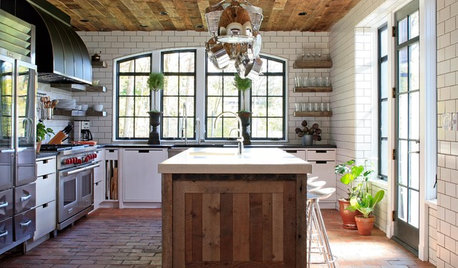
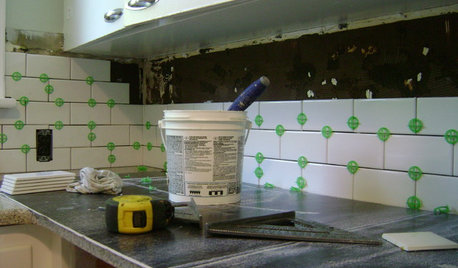
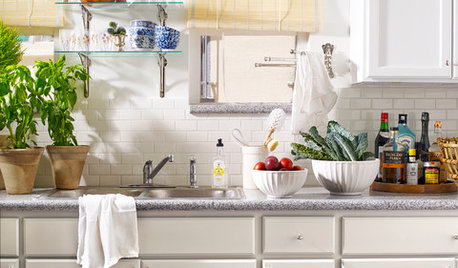

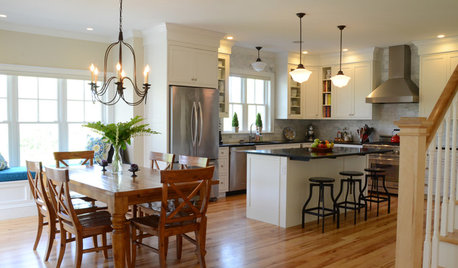
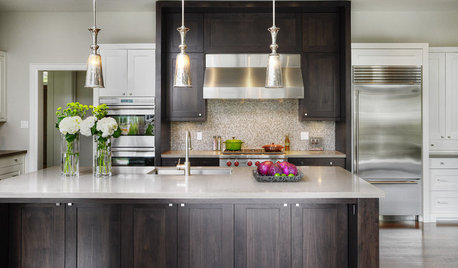


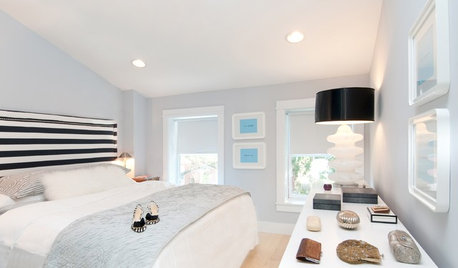
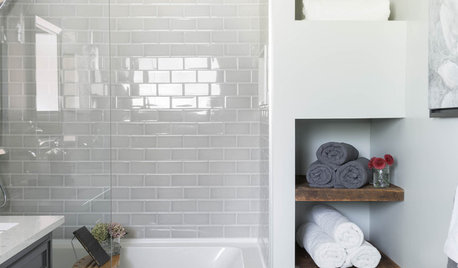




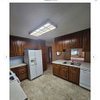

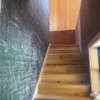

mikie_gw
bugbiteOriginal Author
Related Discussions
Introducing myself (full kitchen renovation planned) LONG
Q
worried about myself-decorating style all over the place-just me?
Q
Thought I would introduce myself :)
Q
About to sign off on my kitchen layout. Thoughts?
Q
normclc
bugbiteOriginal Author
normclc
bugbiteOriginal Author